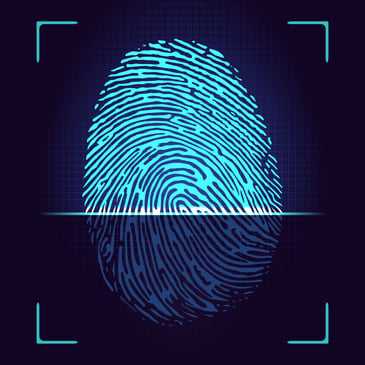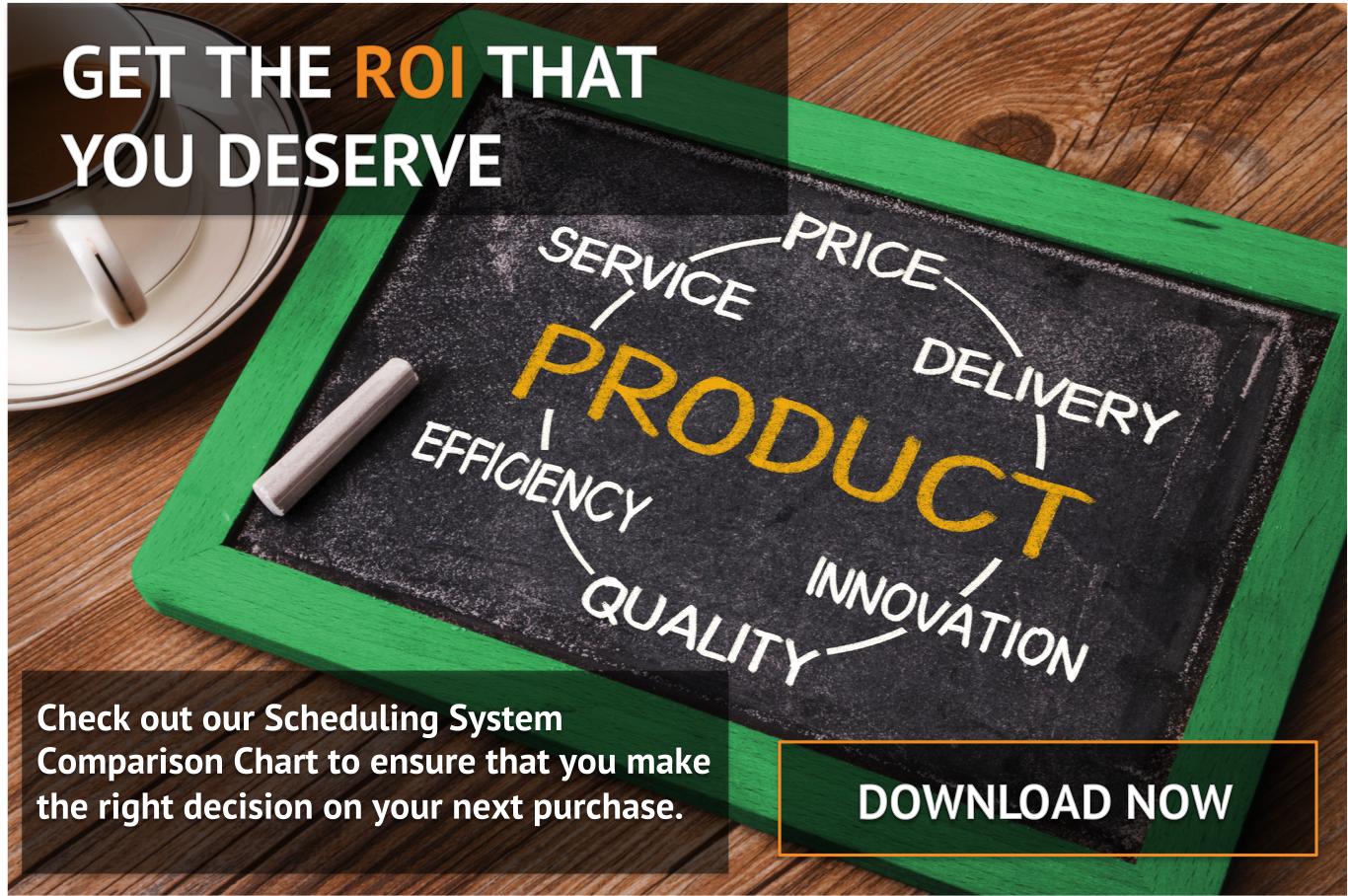
Biometric time clocks are a savior for fledgling HR departments attempting to use traditional punch or card swipe time clocks to accurately track their employees’ hours. Employees can punch in and out for work using a unique physical characteristic like a fingerprint. The technology stands in stark contrast to traditional systems, making it near impossible for buddy-punching to survive, and nearly eliminating the potential for fraud. The benefits aren’t exclusive to employers, though. Employees won’t have to worry about remembering a code or losing a swipe card, rather, they simply must scan their fingerprint or other feature into the system and they are ready to begin work. Despite the various benefits for both employers and employees, skepticism remains concerning the use of biometric employee time clocks. Most of this fear is rooted in misinformation, or a lack of understanding. So we have compiled a brief list of the most damaging myths concerning biometric time clock technology, as we attempt to debunk them and improve your workforce.
Biometric Time Clocks Muddle The Process
Verification through biometric identification only takes a few seconds, requiring the same amount of time that it takes to punch in with a pin or swipe a card. And there are best practices to ensure that the finger is scanned properly the first time. Having a dry, clean finger will speed up the process.
Biometric Time Clocks Suggest Employers Don’t Trust Their Employees
While this may be a reasonable assumption, biometric time clocks were created for more than just buddy-punching prevention. Biometric technology can help to eliminate employee-punching errors, such as punching in by mistake or misplacing a time card. They track time and attendance data down to the minute, so employees can be reassured they are being paid appropriately for all hours worked. In addition, some biometric time clocks provide additional employee services such as employee portals that offer employee’s the ability to print pay stubs when needed, view approved PTO and watch training videos to improve performance.
Enrollment For Biometric Time Clocks Is Arduous And Difficult To Manage
It is all too often assumed that a task is more difficult than it truly is simply because one has not experienced the task of as yet. Biometric enrollment, however is generally a one-time activity, that can be managed remotely. In fact, employees are enrolled into the system from the first time they punch in using a biometric terminal (without administrative assistance).
Biometric Time Clocks Store Employee Fingerprints
It’s quite reasonable for employees to be skeptical and have concerns regarding the security of their private information (and a fingerprint is as private as it gets). However, a majority of biometric time clocks do not actively store fingerprints; rather, they capture a mathematical representation that summarizes a fingerprint’s defining characteristics. After registration, the representation file is stored, yet the file cannot be used to recreate the actual fingerprint.
Final Thoughts
Of course, not all biometric time clocks are created equal. It’s crucial to select a time clock that meets your organizational needs. It’s equally as important for employers to clearly communicate the role that timeclocks play within their organization to all staff including an understanding of the data that will be captured and how that data will be used. Choosing the right technology and being transparent about its can significantly reduce employee resistance to biometric technologies in the workplace, while also achieving the goal of accurate time tracking data.
VCS Software | Scheduling Software Systems
Traditional time & attendance systems - which are still widely used today – clock the hours employees are on the job after they have worked because the hours are counted after the shift has taken place. This reactive approach breeds overspending and inefficiencies for companies. VCS’ software systems compute data prior to shift work, so that the planned hours and positions are properly staffed. Proactive scheduling promotes a productive, compliant, and fiscally responsible workforce. For more information, visit www.vcssoftware .com or contact us directly by calling 888-864-4144.




